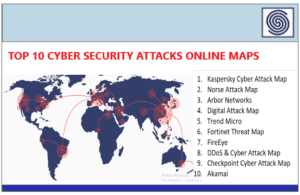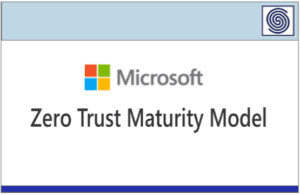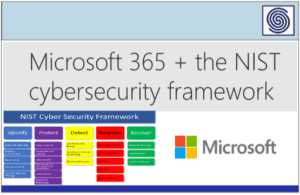When considering software upgrades, customers are advised to regularly consult the advisories for Cisco products, which are available from the Cisco Security Advisories page, to determine exposure and a complete upgrade solution.
In all cases, customers should ensure that the devices to be upgraded contain sufficient memory and confirm that current hardware and software configurations will continue to be supported properly by the new release. If the information is not clear, customers are advised to contact the Cisco Technical Assistance Center (TAC) or their contracted maintenance providers.
Fixed Releases
At the time of publication, the release information in the following tables was accurate. See the Details section in the bug ID(s) at the top of this advisory for the most complete and current information.
The left column lists software releases, and the right column indicates whether a release was affected by the vulnerability that is described in this advisory and which release included the fix for this vulnerability.
| Cisco FTD Software Release |
First Fixed Release |
| 7.0 and earlier |
7.0.6.2 |
| 7.1 |
Migrate to a fixed release. |
| 7.2 |
7.2.6 |
| 7.3 |
Migrate to a fixed release. |
| 7.4 |
7.4.2 |
| 7.6 |
Not vulnerable. |
Note: Snort 2 will not be fixed and the fixed releases that are listed in the preceding table require enabling Snort 3. To enable Snort 3 using Cisco FMC, see the Firepower Management Center Snort 3 Configuration Guide. To enable Snort 3 on a standalone device using Cisco Firepower Device Manager (FDM), see Switching Between Snort 2 and Snort 3 in the Cisco Firepower Threat Defense Configuration Guide for Firepower Device Manager guide.
| Open Source Snort Release |
First Fixed Release |
| Snort 2 |
Migrate to Snort 3. |
| Snort 3 |
3.1.74.0 |
The Cisco Product Security Incident Response Team (PSIRT) validates only the affected and fixed release information that is documented in this advisory.




















































